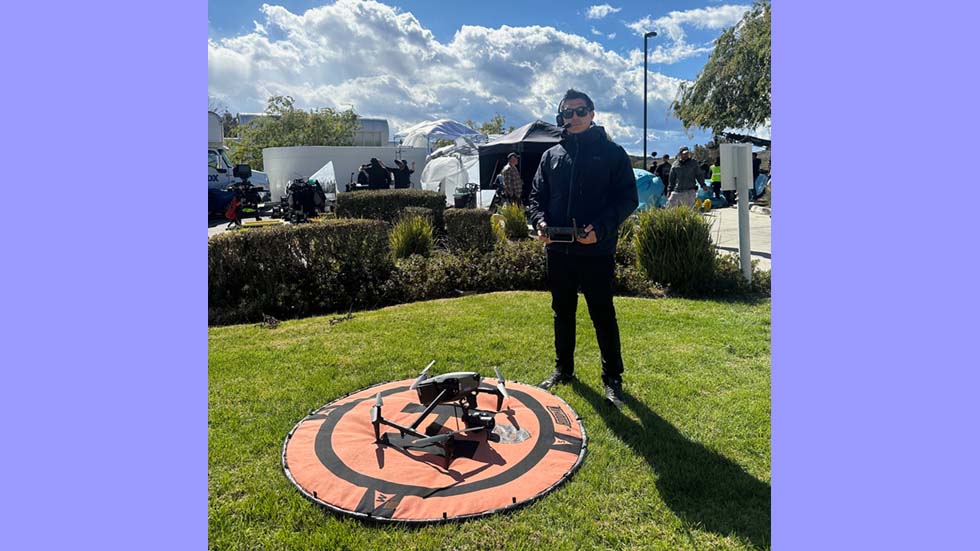2025 NAB Show: Bringing the Drama to Sports Fans Beyond the Venue
Producers find excitement in the backstories behind the game

Avid sports fans know that when it comes to the game, the score is important but sometimes the story behind the game is just as exciting. That was the theme of “Beyond the Game: Original Content Driving Viewership Off the Field of Play,” part of the NAB Show’s Sports Summit.
Moderator Hannah Taylor, communications strategist for The Lippin Group, joined Lauren Fisher, vice president, creative director at Religion of Sports; Trevor Gill, vice president, sports development/executive producer at Vice TV; Sara Rea, head of unscripted at Hello Sunshine; and Whit Jackson, vice president of media and entertainment at Wasabi Technologies to discuss innovative storytelling techniques broadcasters use to up their game.
Panelists discussed what drives fans to want to learn more about their favorite athletes. “The stakes are always there with sports, the highs and the lows are just there, and they’re relatable and aspirational all at the same time,” Rea said. “When they take off the gear, they’re humans, just like everybody else.”
Going Beyond The GOATs
Deciding who to profile can also impact how media companies approach storytelling. “There’s only so many GOATs, like you run out of GOATs kind of quickly,” said Fisher. “We don’t want any of our shows to be a one-and-done thing. What does that mean? It doesn’t mean doing the same show over and over and over again, but building a relationship.”
Gill emphasized the personal approach when profiling star athletes. “It’s a long-term relationship,” he said. “It’s time and trust—there’s no magic formula, just relationships.”
The best storytellers can also bring attention to endeavors that may not get the kind of attention that’s focused on professional leagues, according to Jackson. “One thing that really appeals to me is some of the undiscovered stuff that you’re exposed to,” he said.
“One of my favorite sports-type movies is ‘Free Solo,’ the story of Alex Honnold, the climber, who did the free ascent of El Capitan. It’s an ‘edge of the seat’ kind of adventure with a really interesting human story behind the whole thing.”
Get the TV Tech Newsletter
The professional video industry's #1 source for news, trends and product and tech information. Sign up below.
Matching the type of content with the right platform is also an important factor when deciding how to cover sports; both long-form documentaries and TikTok snippets have their value, according to Fisher.
“I think people crave that level of depth; people want to go deeper,” she said. “They are craving authenticity and craving getting closer to the people. You may see them on social to get the highlights, but then that opportunity to be intimately connected with athletes and teams is an insatiable kind of thing.”
Justify Your Choice
Before deciding who and how to cover athletes up close and personal, media producers need to justify their approach, Rea said. “Why does the world need this now?” she asked. “What’s the current relevancy of this story? You have to have great characters, you have to have great access, but you also need to be at a time and place that can resonate with people and making sure that you lean into the story, to ‘wear it.’”
The rise in women’s professional sports has prompted companies to alter their approach to fit today’s reality. Fisher noted how media coverage has evolved over time.
“The dialogue around women’s sports used to be almost charitable, which was really annoying,” she said, adding that subjects such as equal pay are “super important, but the way we want to approach storytelling is with great stories and great athletes that are doing amazing things and let the rest fall into place.”
The ebb and flow of competition lends itself well to the drama of storytelling, Gill said. “The stakes in sports are just natural for storytelling. Whether it’s four quarters, two halves, a six-month season, you can build a story so naturally through there,” he said.
Copyright 2025 NAB
Tom has covered the broadcast technology market for the past 25 years, including three years handling member communications for the National Association of Broadcasters followed by a year as editor of Video Technology News and DTV Business executive newsletters for Phillips Publishing. In 1999 he launched digitalbroadcasting.com for internet B2B portal Verticalnet. He is also a charter member of the CTA's Academy of Digital TV Pioneers. Since 2001, he has been editor-in-chief of TV Tech (www.tvtech.com), the leading source of news and information on broadcast and related media technology and is a frequent contributor and moderator to the brand’s Tech Leadership events.

